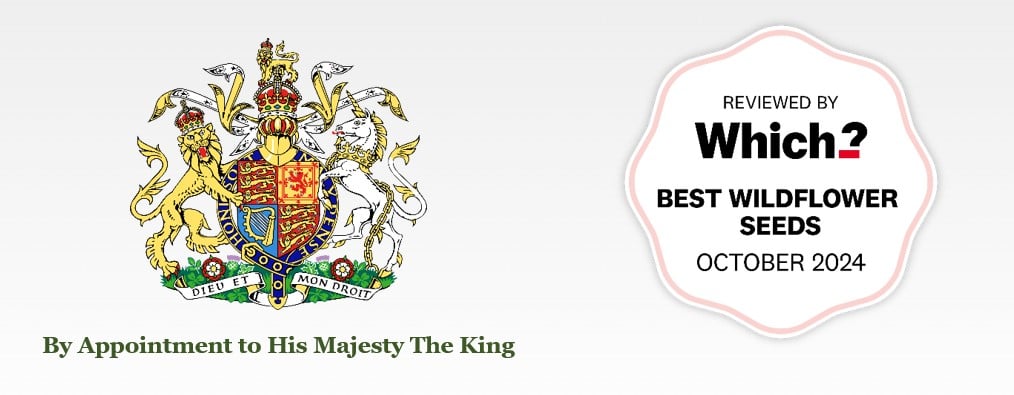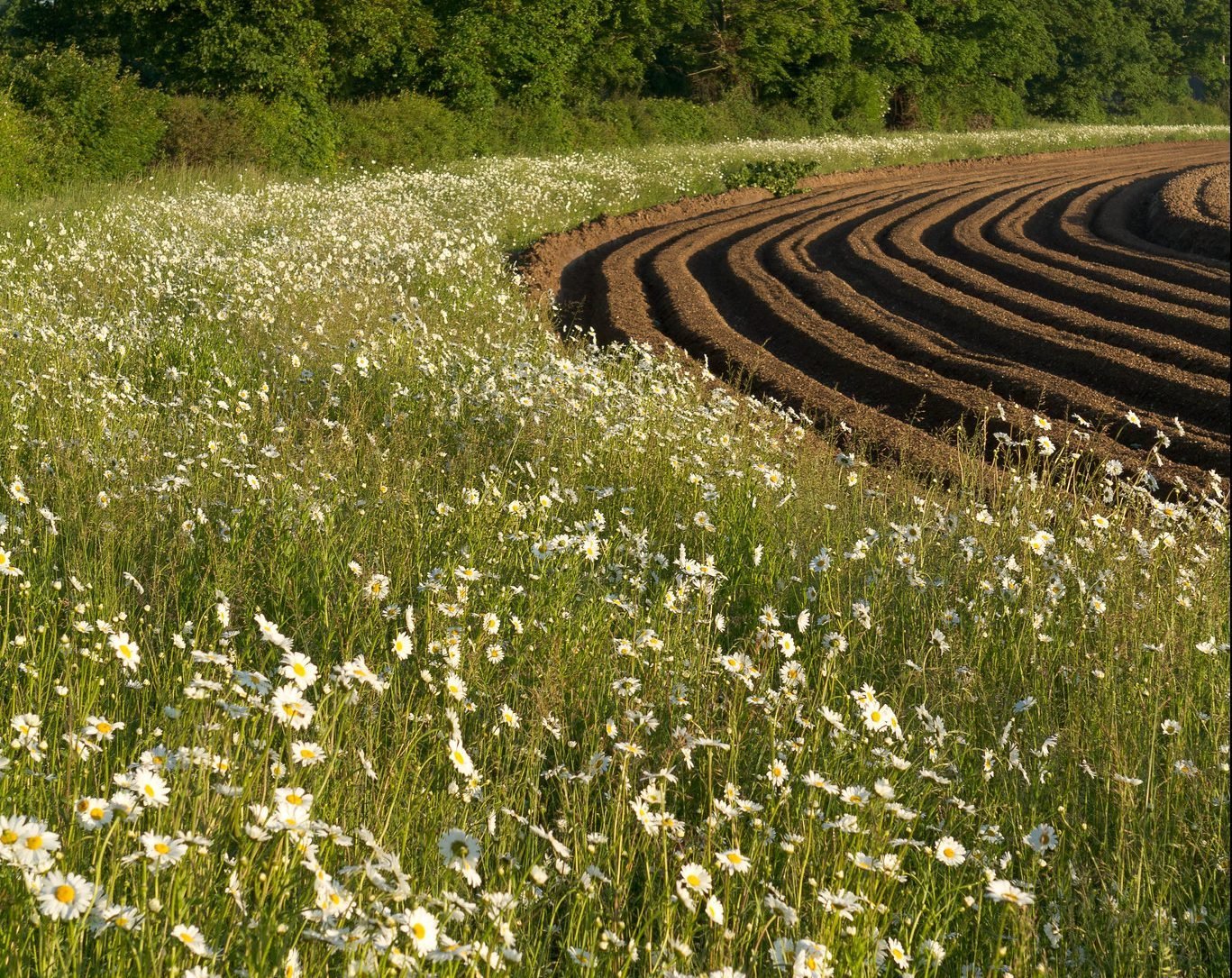Suggested Sowing Rates
15kg/ha 6kg/acre 1.5g/m2
Description
This is a simple low cost mixture of 100% wild flowers that are robust and is suitable for a wide range of soil types.
This mixture is compliant with the following Environmental Stewardship options:
- Sustainable Farming Incentive (SFI): AHL1 Pollen and nectar flower mix
- Countryside Stewardship (CSS): AB1 Nectar flower mix
Ground Preparation
When sowing wild flower seed directly into existing grass the site must be carefully chosen and the ground preparation must be good. Select grassland on poor to moderately fertile soil with a fine sward structure and few perennial weeds or vigorous grasses. Unless yellow rattle is already established in the sward, results can often be improved by adding yellow rattle seed at up to 1g/m2 to this mix.
Prepare the ground for sowing in late summer by cutting and/or grazing very hard and create gaps either with harrows or by raking (aiming to create around 50% bare soil). Control any perennial weeds such as docks or thistles.
Sowing
Best sown in the autumn or in the spring. Bulk up the seed with an inert carrier such as sand to make distribution easier. The seed must be surface sown and can be applied by machine or broadcast by hand. Rolling is not usually necessary.
100% wild flower mixtures are best sown into existing grass or combined with a suitable grass seed mix. If they are sown without grass onto bare soil, the spaces left between the flowers will be filled by grasses and other weeds.
First Year Management
After sowing continue mowing or grazing as needed, aiming to keep the grass short (30-50mm). Continue mowing/grazing through winter and early spring as needed. Stop mowing/grazing in April and leave until July/August at which time you can manage the sowing as you would established grassland as described below.
With the exception of yellow rattle most of the sown meadow species are perennial and will be slow to germinate, grow and flower, particularly against the competition from established grasses.
Management Once Established
Established grassland can be managed in a number of ways which, in association with soil fertility, will determine its character. The best results are usually obtained by traditional meadow management based around a main summer hay cut in combination with autumn, and possibly spring, mowing or grazing.
Meadow grassland should not be cut or grazed from spring through to late July/August to give sown species an opportunity to flower.
After flowering in July or August take a ‘hay cut’: cut back with a scythe, petrol strimmer or tractor mower to c 50mm. Leave the ‘hay’ to dry and shed seed for 1-7 days then remove from site. Mow or graze the re-growth through to late autumn/winter to circa 50mm and again in spring if needed.


